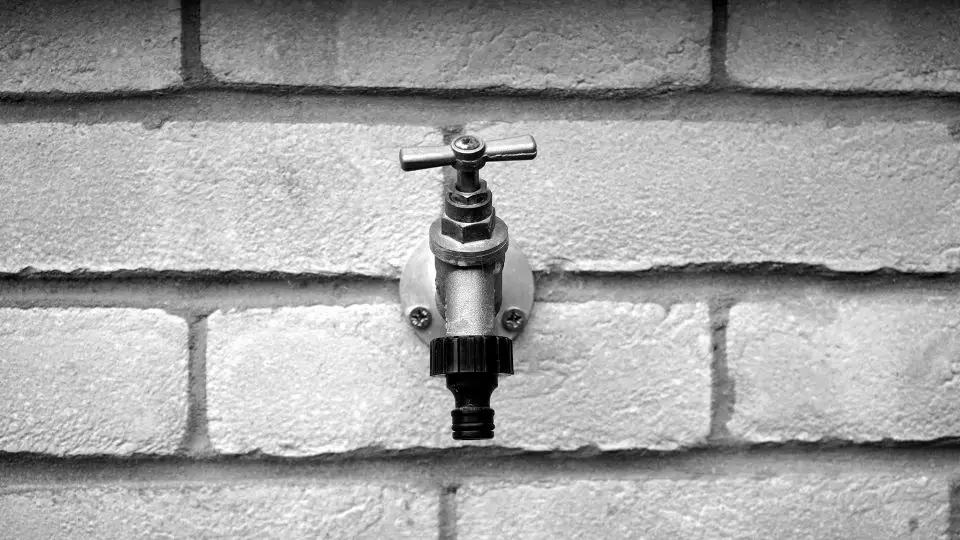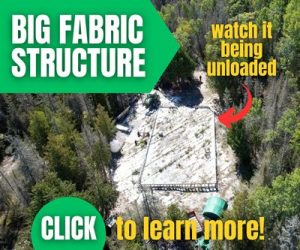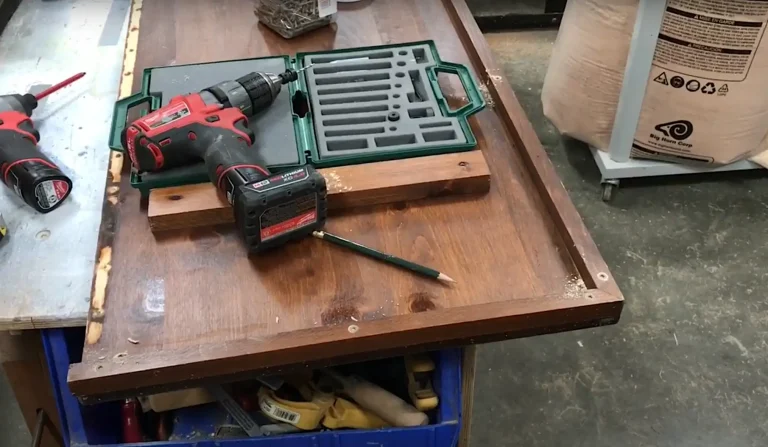
Your shed or workshop is more than just a storage space. Whether you’re wrenching on tools, building projects, or using it as a creative escape, it’s worth protecting—especially from water damage. Plumbing issues are sneaky. A small drip can turn into a rotten wall or ruined flooring fast. And if your shed or workshop has running water, it’s even more important to stay alert.
Many sheds and workshops now include sinks, toilets, or even full plumbing systems powered by tankless water heaters. These setups save space and energy, but installation and repairs can add up quickly. If you’re planning to upgrade or replace a water heater in your outbuilding, knowing the cost of tankless water heater and installation can help you budget smartly—and avoid surprises later on.
Let’s look at simple ways you can spot plumbing problems early—before they cause expensive damage.
1. Watch for Changes in Water Pressure
Low water pressure is one of the first signs something is wrong. It might mean there’s a small leak, a clog in the pipe, or even a frozen line if the temps drop. If you turn on the faucet and notice weaker flow than usual, don’t ignore it.
What to do:
● Check the water supply valves—make sure they’re fully open.
● Inspect visible pipes for leaks or corrosion.
● Listen for hissing sounds near walls or under the floor.
If pressure drops fast or you hear rushing water behind the wall, shut off the main water supply and call a plumber.
2. Look for Water Stains or Warped Materials
Water has a sneaky way of showing up in the worst spots—like ceilings, corners, or the floor beneath sinks. Even a small leak behind a wall or under a cabinet can slowly soak into wood, drywall, or insulation.
What to look for:
● Brown or yellow stains on walls or ceiling panels
● Peeling paint or soft drywall
● Warped wood or vinyl flooring
Check these areas regularly, especially after heavy use or freezing weather. Spotting the signs early can save you thousands in repairs.
3. Pay Attention to Smells
A musty smell in your workshop could mean water is pooling somewhere out of sight. Even worse, it could be mold growing inside your walls or floors. If the smell is coming from a drain or sink, it might be a clog or dry trap that’s letting sewer gas back into the space.
Quick fix:
● Run water down every drain weekly—even if you don’t use them much.
● Pour a cup of baking soda and vinegar down the drain to clear gunk.
● If the smell sticks around, there could be a broken pipe or slow leak.
Don’t ignore odd odors. Your nose often finds the problem before your eyes do.
4. Watch the Weather
Sheds and workshops are often less insulated than your home. That makes pipes in these spaces more likely to freeze in the winter. When water freezes, it expands—and that can crack or burst pipes.
Protect your plumbing:
● Wrap exposed pipes with foam insulation or heat tape.
● Keep a small space heater or safe heat source in the shed when temps drop.
● Disconnect outdoor hoses when not in use, especially in cold weather.
Even if you don’t use your shed in winter, protect it like you do.
5. Check for Slow Drains
Water that drains slowly is often a sign of a clog forming. It could be hair, dirt, leaves, or debris from tools and projects going down the drain. If left alone, that clog can grow and cause backups—or even pipe bursts.
Fix it early:
● Use a drain snake or plunger to clear light clogs.
● Avoid pouring grease or oil down any sink.
● Install a screen or grate over drains to catch debris.
If you use chemicals in your workshop, don’t mix them with drain cleaners. Always follow label warnings and opt for mechanical tools like snakes or plungers when possible.
6. Inspect Hose Bibs and Outdoor Connections
Many sheds and workshops have outdoor spigots or hose bibs. These are common spots for leaks, especially after freezing temps or heavy use. Leaks here might seem small, but they can drip onto your siding, soak into the soil, and eventually cause rot or mold near your foundation.
To prevent damage:
● Check for drips or puddles after turning off the spigot.
● Use frost-free hose bibs in colder climates.
● Replace worn washers or gaskets before they cause bigger problems.
7. Listen for Unusual Noises
If you hear banging, hissing, or gurgling noises in your plumbing, that’s a red flag. Pipes might be loose, pressure could be too high, or air could be trapped in the lines.
Noises to watch for:
● Banging (water hammer): Pipes hitting studs or joists when valves shut off fast.
● Gurgling: Air trapped from a clog or improper venting.
● Hissing: A leak somewhere in the supply line.
Catch these sounds early, and you’ll prevent pipes from loosening, cracking, or bursting over time.
8. Install Shutoff Valves
If your shed or workshop has its own water source or plumbing system, make sure it has a dedicated shutoff valve. That way, if something goes wrong, you don’t have to shut off water to your entire house.
Benefits of a shutoff valve:
● Quick control in case of emergency
● Easier maintenance and repairs
● Less damage if a pipe bursts
Make it a habit to test the valve twice a year to ensure it turns easily and works properly.
9. Get a Yearly Inspection
If your shed has complex plumbing—like a sink, water heater, or even a toilet—it’s smart to get it inspected yearly. A licensed plumber can check for pressure issues, small leaks, corroded fittings, and insulation needs.
It’s a small investment that could save you from major headaches later. If you’ve recently added plumbing to your workshop or are planning to upgrade, talk to a pro before problems sneak up on you.
Conclusion
Plumbing problems in your shed or workshop don’t need to be big to cause damage. In fact, it’s the small leaks, odd smells, or subtle noises that cause the most trouble when left alone. But with a bit of regular checking and a few smart upgrades, you can keep your plumbing in check and your workspace safe.
Keep an eye on pressure, drainage, smells, and sounds. Insulate where needed. And if you’re making any upgrades—like installing a tankless water heater—be sure to understand the costs and options ahead of time.












